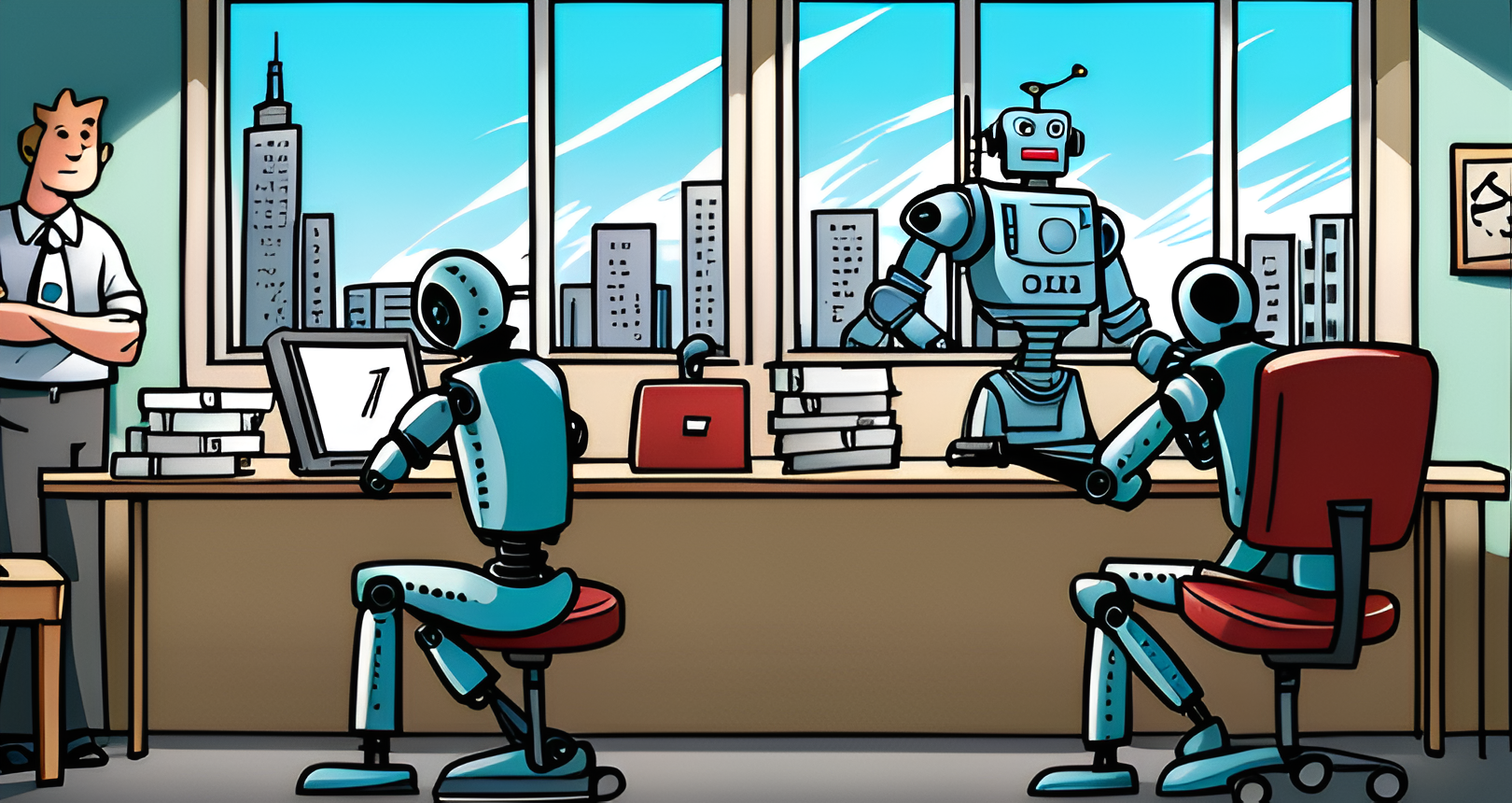AI and Job Displacement: Navigating the New Technological Landscape


Introduction
Artificial Intelligence (AI) has become a game-changer in the world of work, bringing about unparalleled transformation. With this transformation, there are concerns about job displacement due to automation. This article will examine the history and mechanisms of job displacement, the current job landscape, future trends, and how to navigate the new technological landscape.
History and Mechanism of Job Displacement
Job displacement often occurs when new technologies render certain roles obsolete. Historically, such shifts have been observed with the advent of the printing press, the industrial revolution, and the digital revolution. While these advancements initially sparked fears of mass unemployment, they ultimately led to the emergence of new roles and industries.
The Current Job Landscape
Currently, the most AI-impacted jobs are those involving routine, manual, and repetitive tasks, like manufacturing, data entry, and certain aspects of customer service. The World Economic Forum estimates that by 2025, machines will perform more tasks than humans in the workplace. However, it’s also anticipated that AI will create 12 million more jobs than it displaces.
Future Job Market Trends
Looking five years ahead, AI is expected to take over more routine tasks but also create opportunities in fields such as AI ethics, data analysis, and AI system management. Ten years from now, job markets could look remarkably different, with AI and automation playing even larger roles. Workers will likely need a diverse skill set, including emotional intelligence, creativity, and advanced technical skills.
Mitigating Job Displacement
To minimize displacement, companies can create worker-friendly AI policies, like transparent transition plans and upskilling programs. For workers, staying relevant means continuous learning, embracing new technologies, and enhancing soft skills. Governments can also help by providing education, training programs, and social safety nets.
Can AI Create New Jobs?
While AI can automate certain jobs, it also holds potential for job creation. New roles are emerging in AI development, system maintenance, data analysis, and ethical governance. AI’s capacity to analyze large data sets can also spawn new business opportunities and sectors.
The Way Forward
Navigating job transitions in the AI era involves proactive learning, flexibility, and resilience. Workers should be prepared to adapt to new roles, while employers must foster environments that support this transition. Policymakers need to ensure that the benefits of AI are widely distributed and do not exacerbate social inequalities.
In conclusion, AI will undoubtedly reshape the job market. However, by understanding and preparing for these changes, we can help ensure a future where AI enhances work, rather than displaces it.